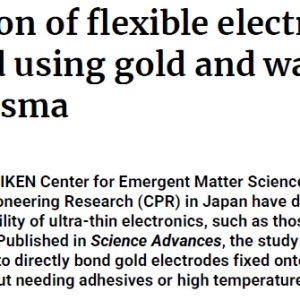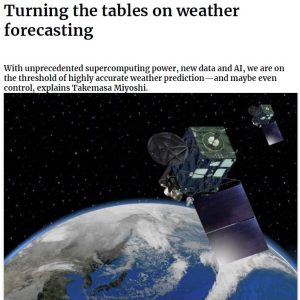
Numerical analysis of precipitation behavior in Cu–Co–P alloy based on dislocation recovery model and N model
₩4,000
The microstructure changes in the precipitation hardening copper alloys during the thermal process after deformation are known to exhibit
complex behavior due to the simultaneous progress of various phenomena such as precipitation, recovery, recrystallization, and grain growth.
Understanding the mechanism is an important issue for designing the heat treatment processes. In this study, the microstructure changes in the Cu–Co–P alloy during thermal process after a deformation was numerically simulated based
on the N model coupled with the dislocation recovery model, where the interaction between dislocations and precipitation behavior was focused.
As a result, the following peculiar phenomena were calculated: The fcc–Co formation and the Co2P precipitation on dislocations take place simultaneously in the Cu–0.32 atÿCo–0.21 atÿP–0.11 atÿSn alloy.
The Co particles are left inside the bulk Cu matrix in the recovery process of dislocations, and then the Co particles are re–dissolved into matrix
phase. The following mechanism was proposed to explain this peculiar behavior. Since the Co particles in the bulk matrix left by the dislocation
recovery have high interfacial energy, they re–dissolve into the matrix phase to release this energy. Furthermore, the decrease in Co concentration
in the matrix phase due to the Co2P precipitation on the dislocation accelerates the Co particle re–dissolution.





상품평
아직 상품평이 없습니다.